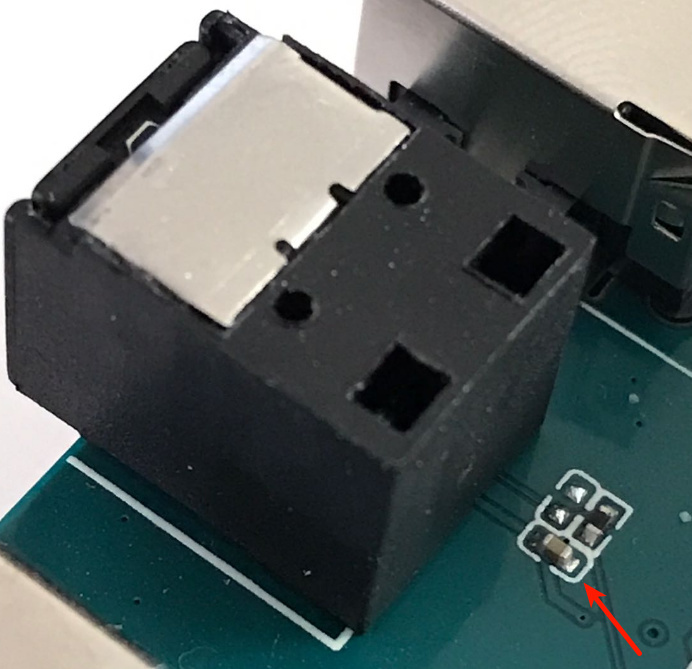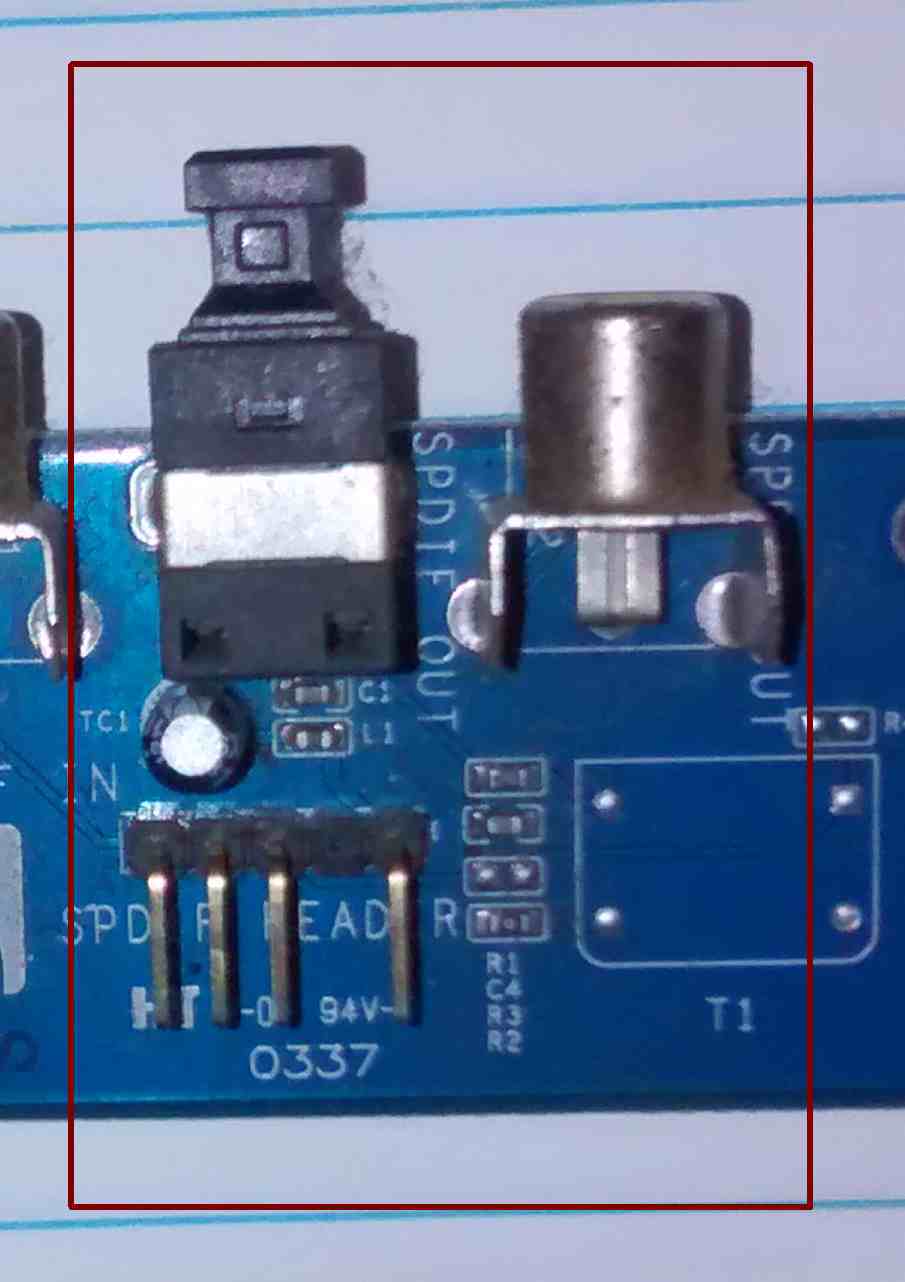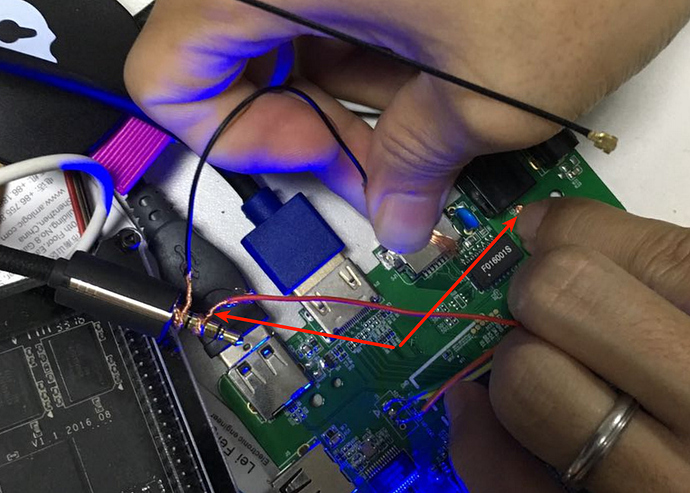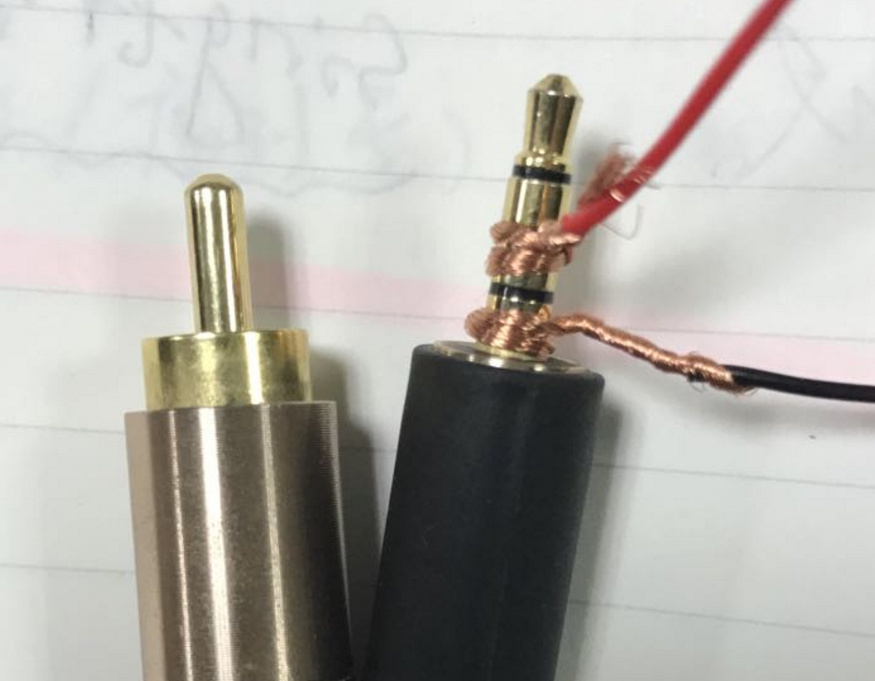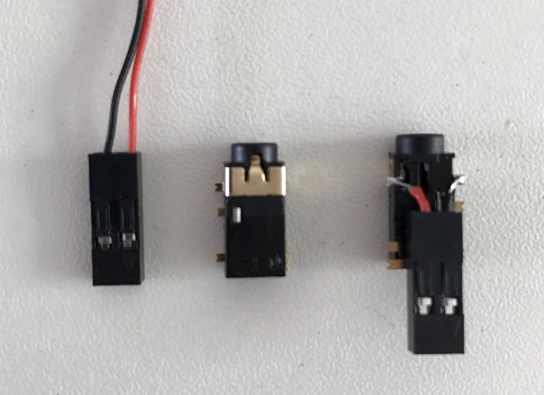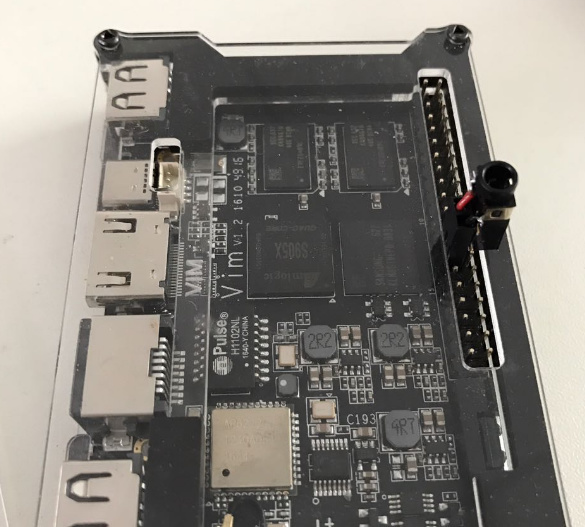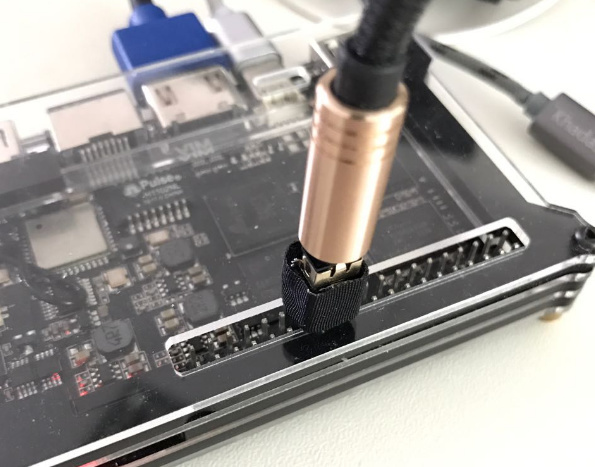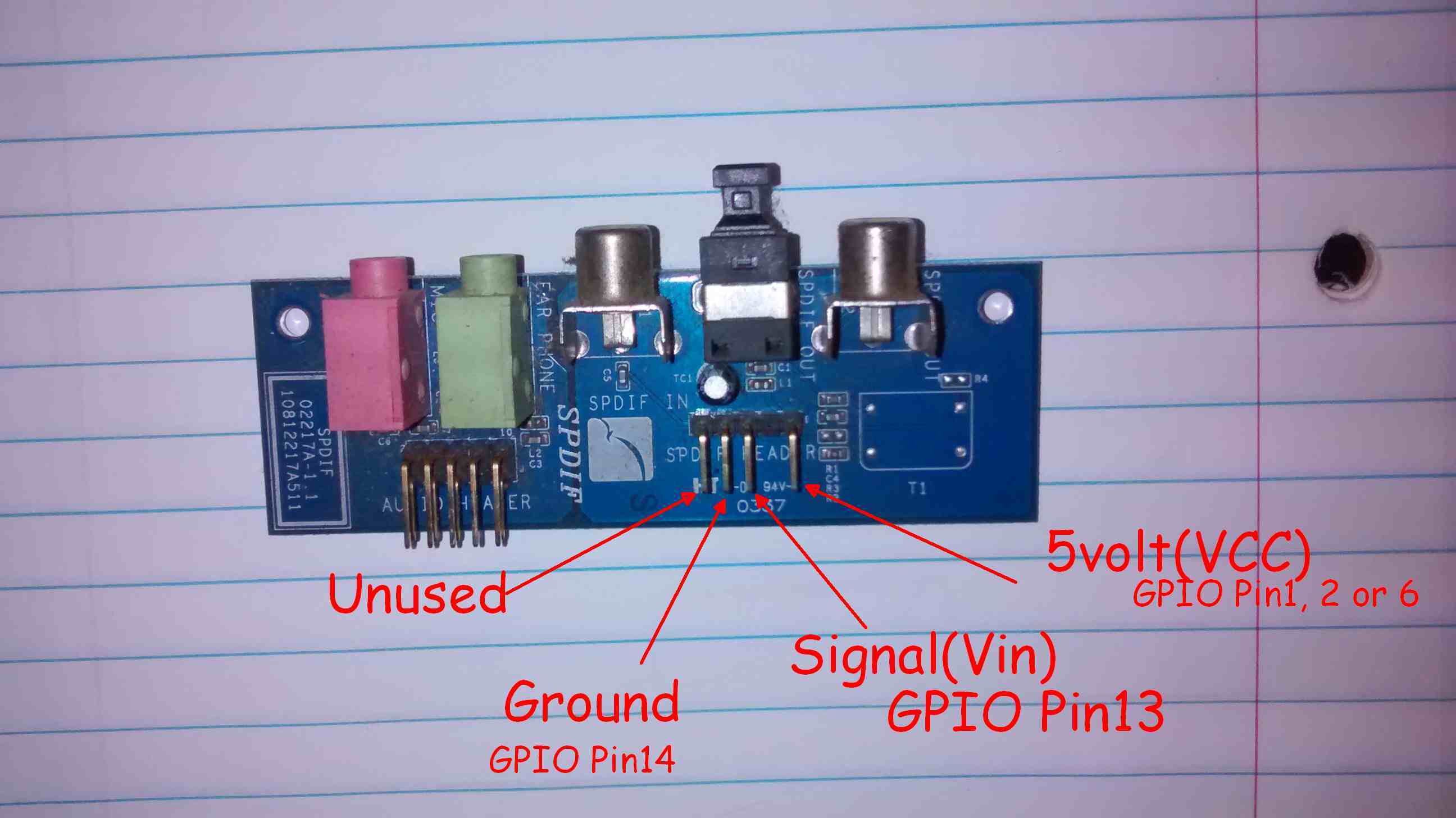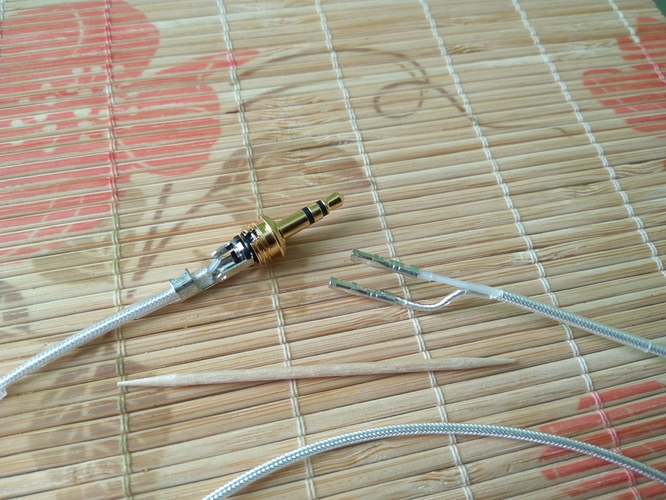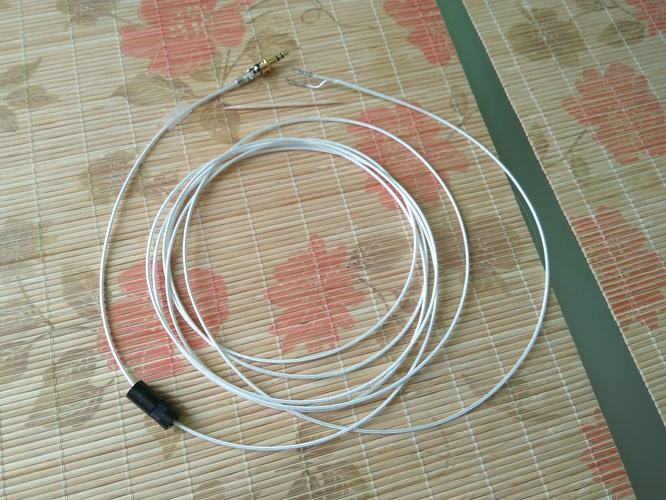Hi there!
Is there any board with SPDIF/Coax out?
My reciver doesnt support HDMI
Thanks!
If you just need stereo out, inexpensive USB sound cards are available.
If you need multi-channel output like surround, HDMI-to-SPDIF adapters also exist, though most seem to limit HDMI output to 1080p, 4K models are available, in either case, these types of adapters are more expensive than the USB sound cards I mentioned.
Others may be able to steer you to a solution for the GPIO, but I have no experience with this myself, and cannot offer suggestions on that.
hi, Frosti7:
The SPDI/F pin is available on 40-PIN GPIO bus, it means that you can design a expandable board to support SPDI/F for VIM, following is reference designing:
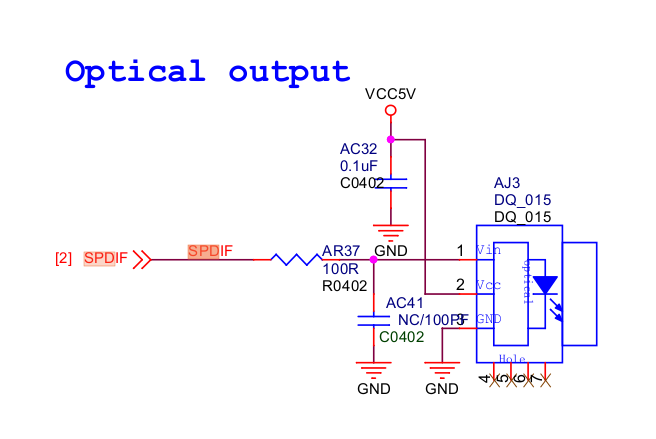
Thank you
But i’d like to have it built in to save costs and time,
Will hope for a V2 version with more features and SPDIF (althou, i understand that its a gone-area of technology)
should solve it. or any CM6206 chipset usb sound card
Hi, Frosti7:
You use VIM for your personal usage or do product development?
Actually, we planed VIM2 with similar designing with currently VIM, so an sound expandable module is possible for both VIM & VIM2 to match the users who wanna a better audio features like SPDI/F, 3.5mm Jack, or even audio input etc.(But currently, haven’t have thus plan to develop the module yet )
It seems i havent clarified as i shouldev that im an end-user,
I saw a ready-to-go kit on Gearbest, (thru israeli forum that recommended it)
i’m not a developer and would like a one-stop solution for casual streaming of dts/dolby 5.1 channel movies spdif passthru (no hdmi)
Its for my parents house so Reliability is important and im not keen on experimenting
as far as i know, android 6 does natively support most of the existing usb “sound cards”,
and your mileage may vary if you want native support under (debian or ubuntu) linux!
Hello Gouwa I think I have most parts needed to assemble the SPDIF port. I will need to order the 100pF and 0.1uF capacitors. How critical are these capacitor values? What type of capacitors(Ceramic, etc) should be used?
Also, until I receive the needed capacitors, can the GPIO SPDIF(Pin 13) be used for non-optical(COAX) connection? If so, other than the COAX cable, what else is required?
Thanks.
Hi, RDFTKV:
I take a photo from some product with SPDIF port for your reference:
Capacitor specs:
- C0402
- 0.1uF/16V
Regarding the COAX connections, I need do some research first and then reply you then.
PS: I think you can so some more DIY samples, and sold the one who also need it 
I have an SPDIF bracket from a PC, with optical and coaxial connectors.
I’m tempted to try it on the Vim, but due to very different capacitor and resistor values, worried about potential for damage to the Vim.
For COAX, I assume only ground and signal(GPIO Pin 13) will be needed, as 5volt(VCC) only for optical.
But need to know if TTL(5v)or non-TTL voltage used.
I will wait for your research.
If successful, will add to my "Fun Things…"post. 
Hi, RDFTKV:
I did a test on a speaker with COAX connection and it works, the SPDI/F PIN can drive the COAX speaker directly:
COAX cable with jumpers:
Note that, current Android ROM didn’t enable SPDI/F audio output, but will be added in next built.
Excellent, thanks for the test and solution.
Working well here over COAX, Dolby Digital included. Now to check the Optical.
Afterwards, I’ll make post.
Update: Optical also working, including Dolby Digital!
WooHoo!!!
I used the aforementioned PC Audio Extension Bracket for my tests. Did not make any changes to it. Had to identify the pin assignments, pretty easy to do on this bracket.
As a caution, I would not use the 5volt(VCC) if Optical will not be used. Also, use one or the other(COAX or Optical), using both simultaneously could potentially overload GPIO Pin 13(signal(Vin)). Just speculation, but until otherwise known, why risk it.
Using the schematic Gouwa posted above, I assumed most SPDIF Optical ports would have a similar pin assignment. In this instance, the signal(Vin) pins for both COAX and Optical ports share a pin on the bracket, same for ground(GND) pin. For optical, the 5 volt(Vcc) is added.
NOTE: Brackets may vary, so users will need to use a multimeter to check for their specific bracket pin assignments.
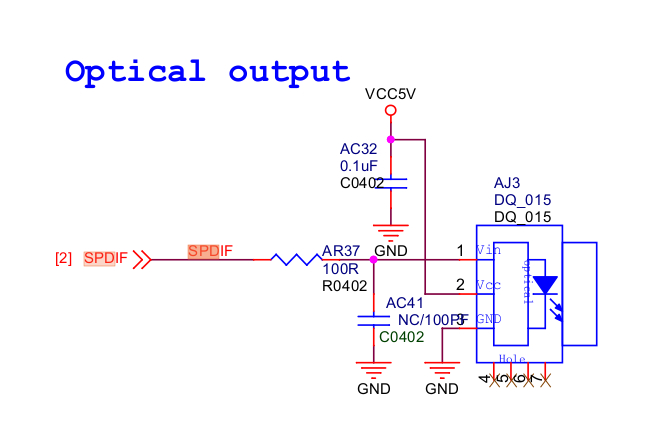
Nice solution Gouwa, inexpensive and common parts, means most users can do it.
My DIY cable. Works good on the latest official Android ROM as well as on CoreELEC.
Tested with SMSL AD18.
Looks good. Nice and tidy.
